Ancient Psychedelia: Alien Gods & Mushroom Goddesses
Online Book - Chapter 19, Page 378
Back to Online Book Mainpage / Next Page (Chapter 19, Page 379)
Pottery has some creative art as well, with either the shapes resembling the mushroom (77f) or the deities displayed on them have mushrooms on their heads (77g, h), or they have painted scenes of deities on them with mushrooms on their heads (77i).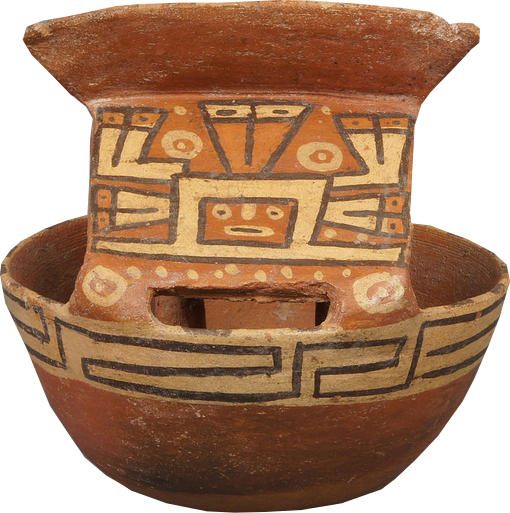 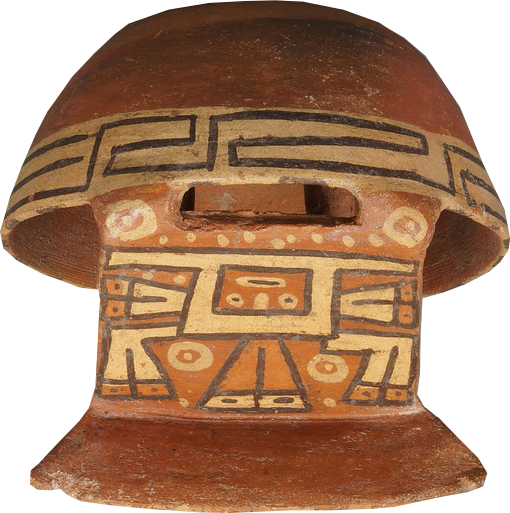 (77f) Peru – Southcoast 750-900 AD 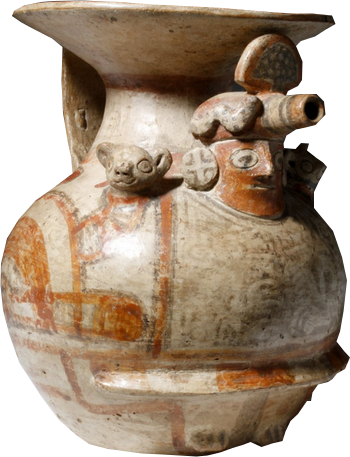  (77h) Recuay, Peru c. 200 BC - 600 AD L: (77i) Nazca vessel c. 200 BC-600 AD 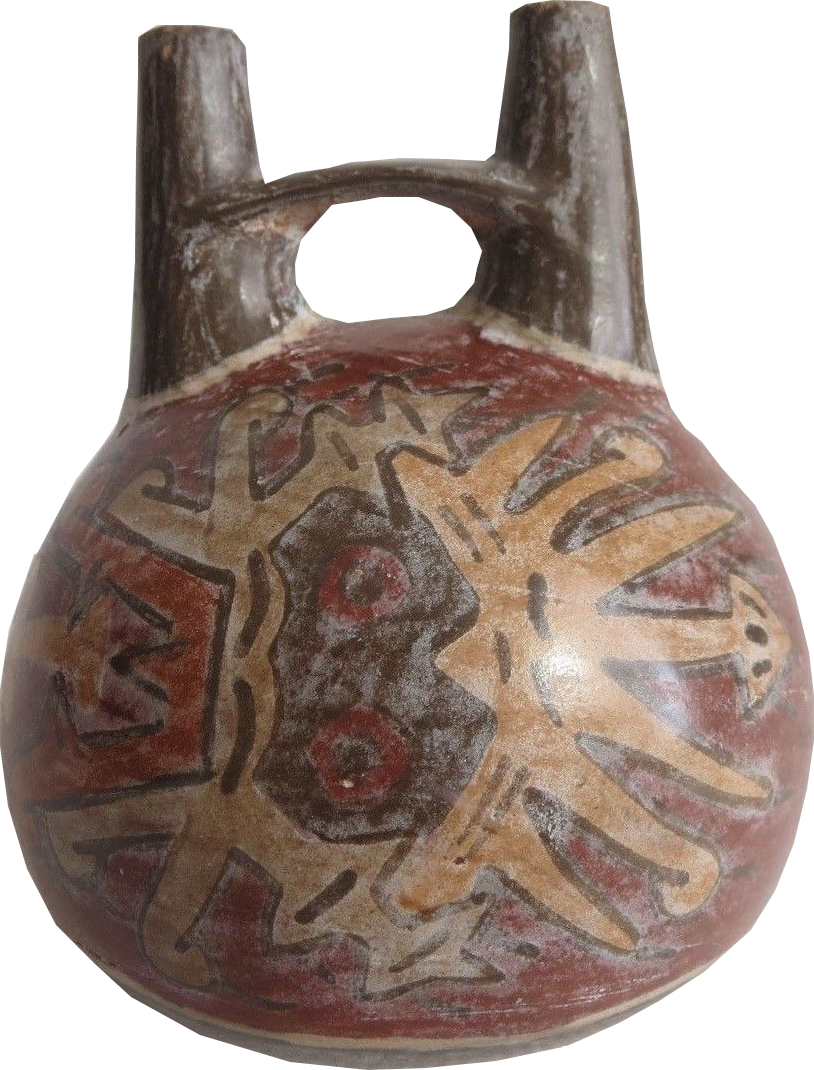 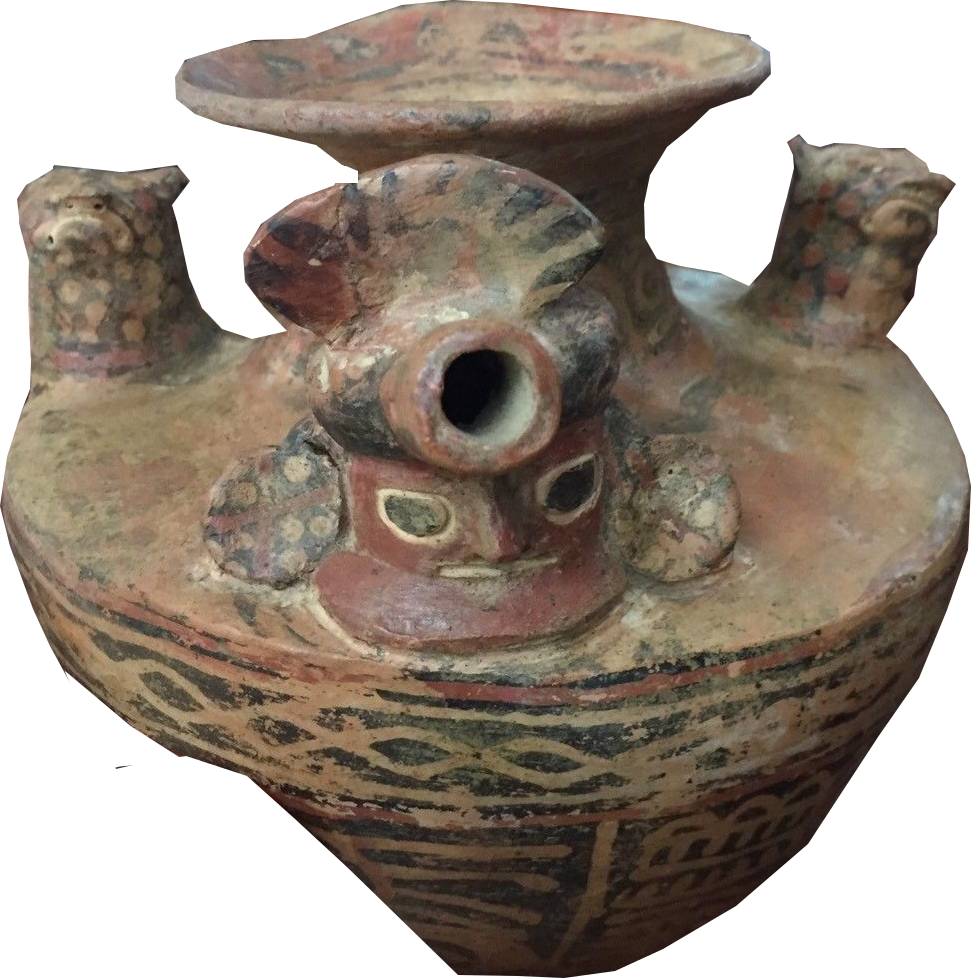 R: (77g) Recuay, Peru. 200 BC. - 600 AD The Moche culture, which thrived from 100-700 AD, probably created the most abundant supply of relics, and a good percentage of them have mushroom iconography. The most common seem to be the red with white spotting (87b, c, e, f, g, j, l), or they have mushrooms in their hands or on their heads (87a, d, k) or the pottery is made into the character of a mushroom and his nose and head will display the symbolism (87i). Some Andean pottery presents this same symbolism (87h). |
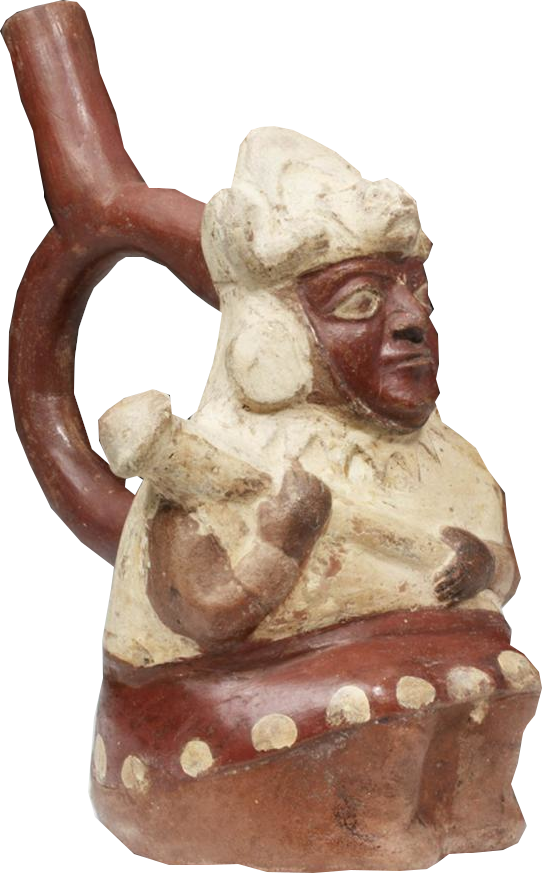  R: (87c) Moche IV Culture c. 450-550 AD  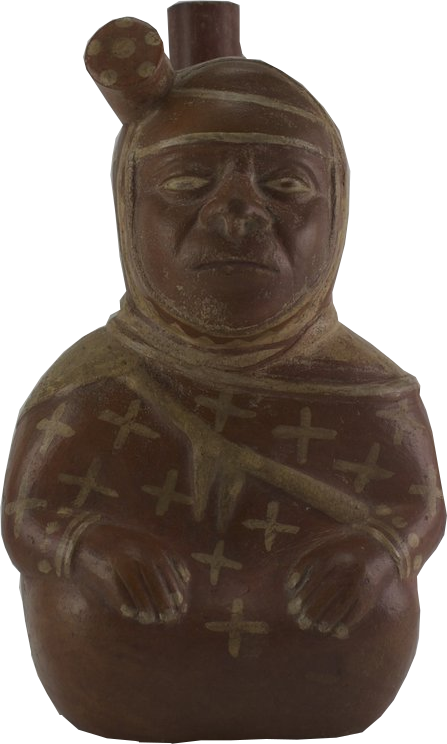 (87e, f) Moche c, 450-750 AD  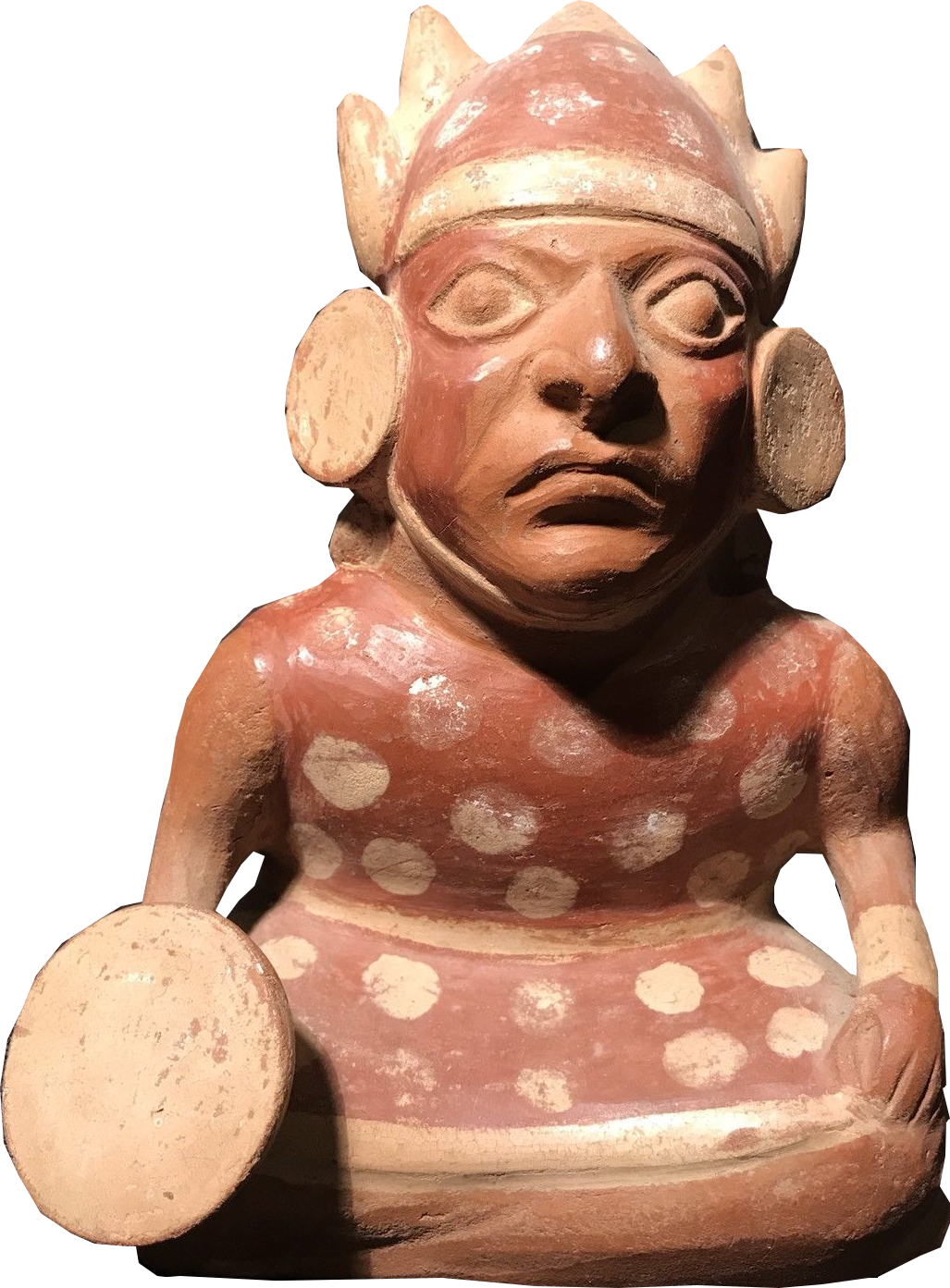 (87g, l) Moche IV c. 450-550 AD 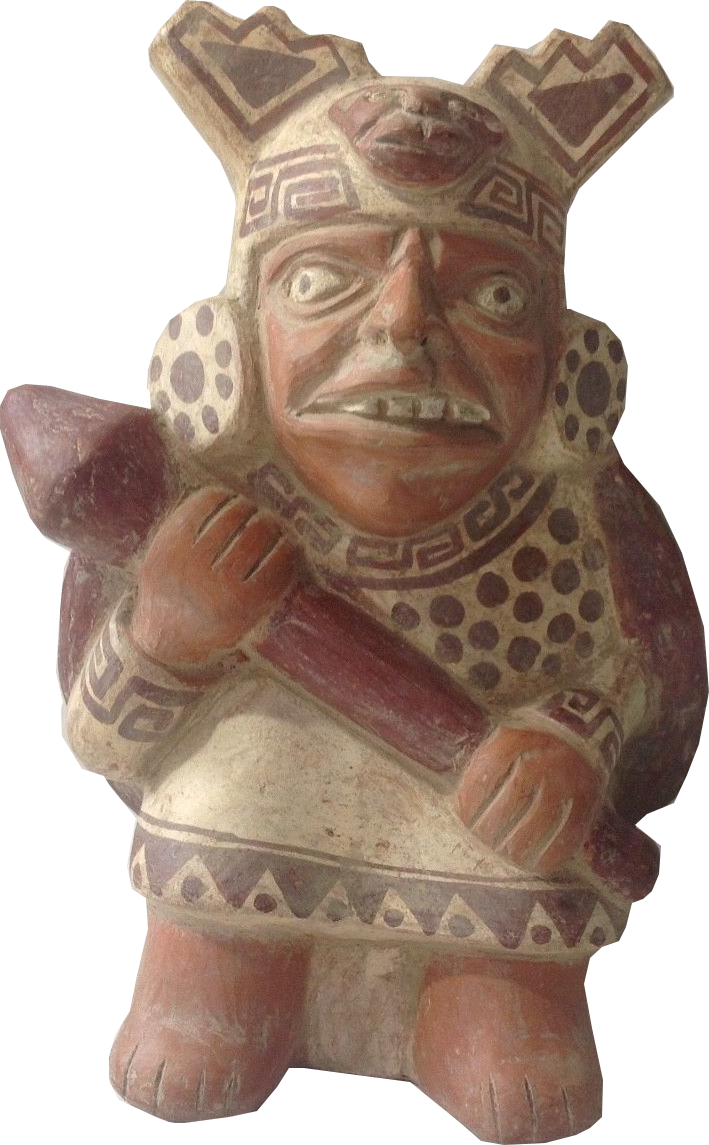 (87j) Moche c. 450-550 AD |
Go Back to Page 377